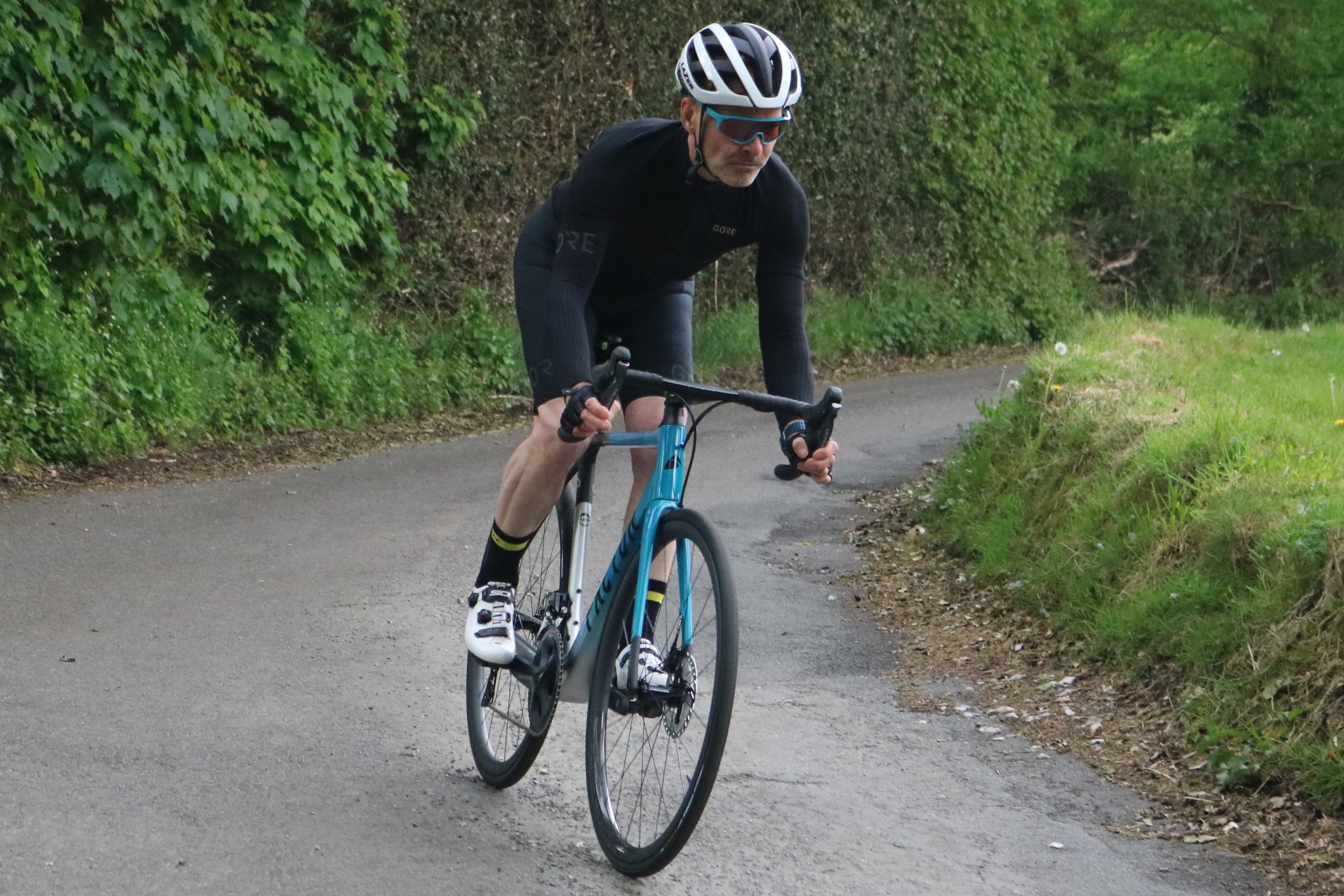Vittoria Arctica GoreTex winter cycling shoes review
Fed up with wet feet and worn-out overshoes? A winter cycling shoe could be the answer.
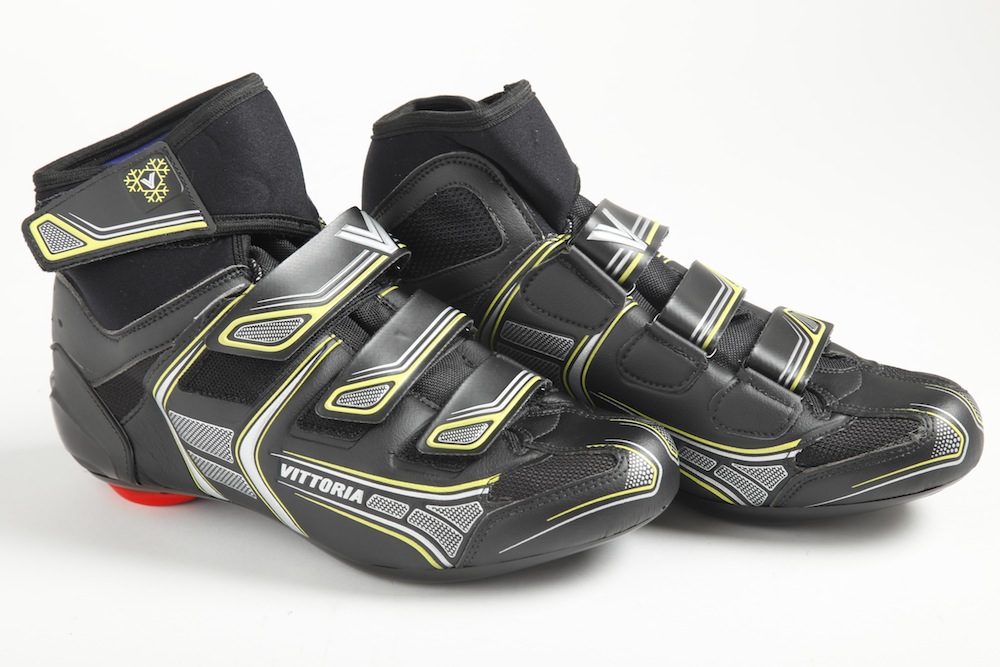
Waterproof with some good features but they are difficult to get adjusted to make them comfortable
-
+
All-in-one winter protection
-
+
Likely to end up cheaper than summer shoes and overshoes
-
+
Waterproof
- +
-
-
Difficult to get comfortable
-
-
Some heel lift
- -
You can trust Cycling Weekly.
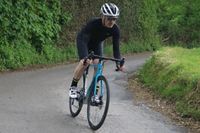
Winter cycling shoes have the potential to do away with the faff of pulling on overshoes before you set out in colder, wet weather. They’re likely to see action between November and March at least, so although they’re pricy, for anyone planning to ride through the winter months they could be a shrewd investment. And with what you will have paid for your summer shoes and since winter overshoes have a fairly limited lifespan and cost £30 or more, they are likely to pay for themselves quite quickly.
Watch: buyer's guide to overshoes
In addition, a winter cycling shoe will have a watertight sole and often a waterproof breathable membrane in the upper and a high ankle cuff, so it is likely to be more watertight than a summer shoe/overshoe combo.
>>> Are carbon soled cycling shoes necessary?
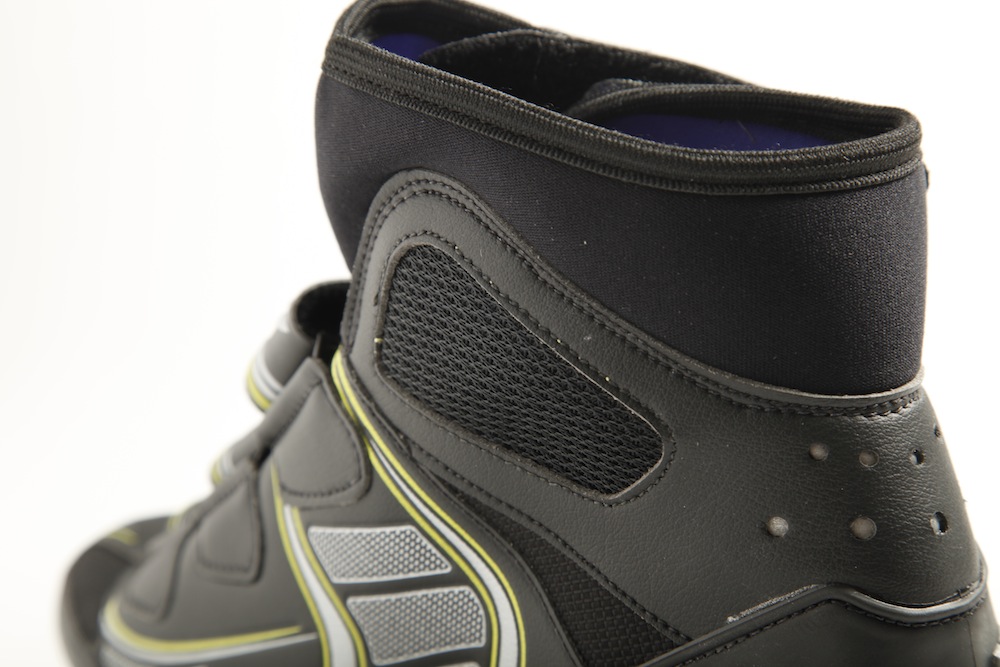
The Vittoria Arctica winter shoes come with four Velcro straps, the fourth of which secures the stretchy neoprene ankle cuff. The uppers are made of synthetic leather with cordura fabric inserts. They incorporate a waterproof, breathable membrane and neoprene insulation and there are a series of reflective dots on the back of the heel cup for extra safety. The sole is made of nylon and is reasonably rigid.
>>> Cycling shoes buyer's guide
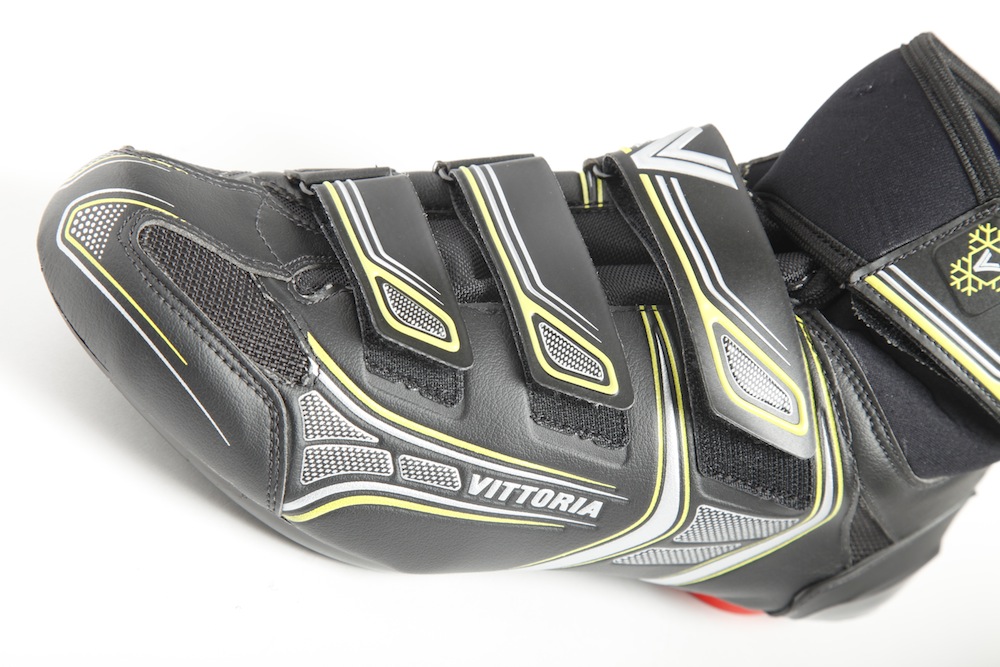
Out riding, I found that the shoes came up a bit large and that my feet slipped around in them. With only velcro closures, it was difficult to clamp the shoes’ uppers down firmly enough to stop my heel lifting: a boa or ratchet would have helped here. Once I had pulled the straps sufficiently tight to eliminate heel lift, I found my forefoot wasn’t too comfortable either.
The latest race content, interviews, features, reviews and expert buying guides, direct to your inbox!
>>> Pro cyclists' love affair with their shoes
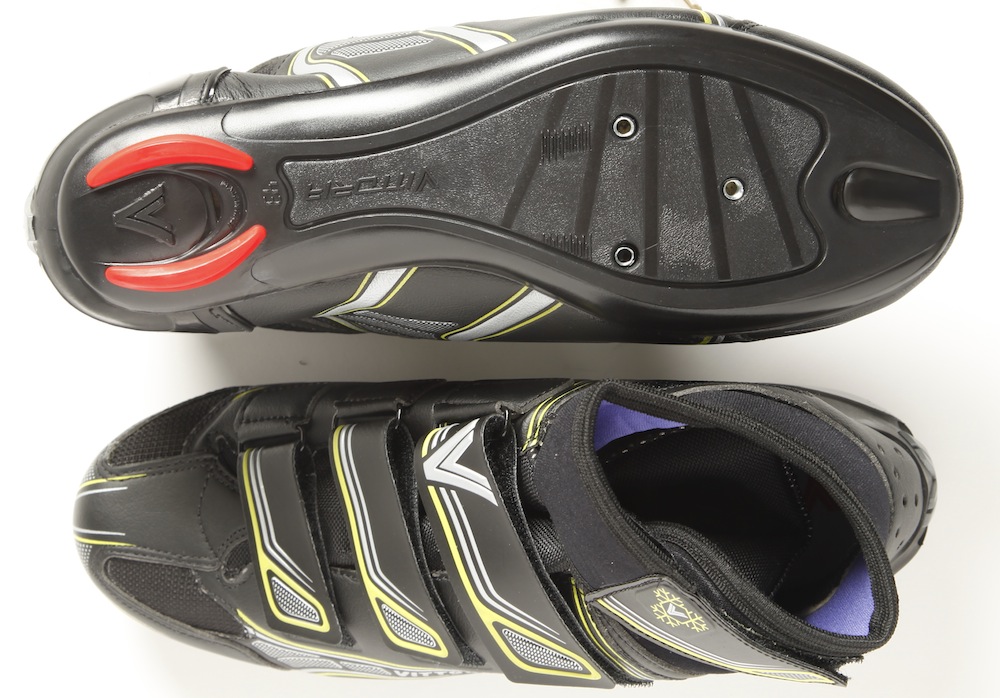
The waterproofing was certainly effective and although my feet were a bit sweaty at the end of rides, they did not feel over-hot and there was no evidence of water ingress from damp roads or rain. I did find I had a cramp in the arch of my left foot though: evidence of a footbed which was a bit flat and lacking in arch support for comfort on longer rides.
Paul started writing for Cycling Weekly in 2015, covering cycling tech, new bikes and product testing. Since then, he’s reviewed hundreds of bikes and thousands of other pieces of cycling equipment for the magazine and the Cycling Weekly website.
He’s been cycling for a lot longer than that though and his travels by bike have taken him all around Europe and to California. He’s been riding gravel since before gravel bikes existed too, riding a cyclocross bike through the Chilterns and along the South Downs.
